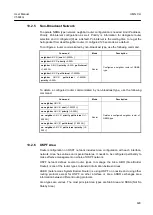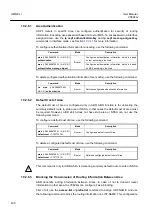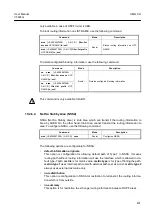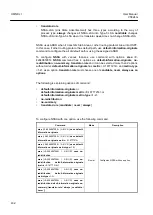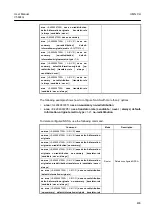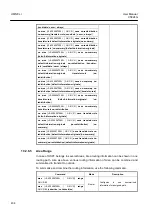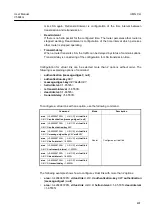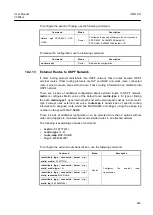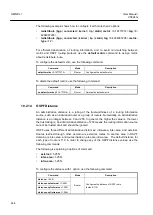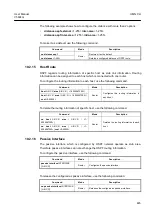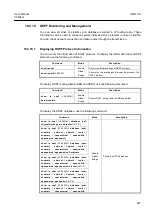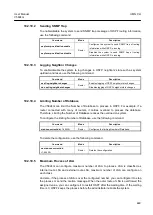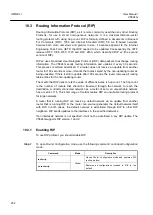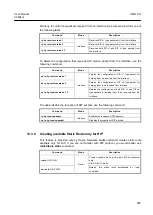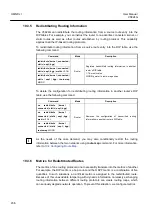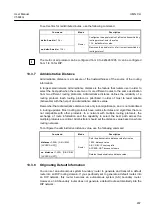
UMN:CLI
User Manual
V5824G
442
The following example shows how to configure default route with more than 2 options:
•
default-information originate metric-type
<1-2>
always
•
default-information originate route-map
MAP-NAME
metric
<0-16777214>
To delete the configuration, use the following command.
Command
Mode
Description
no default-information originate
Router
Deletes the configuration.
no default-information originate
metric
<0-16777214>
no default-information originate
metric-type
<1-2>
no default-information originate
always
no default-information originate
route-map
MAP-NAME
10.2.11
ECMP Route Hashing
Equal-Cost Multi-Path (ECMP) is a forwarding mechanism that routes packets along
multiple paths of equal cost. ECMP provides equally-distributed link load sharing across
the paths. The hashing algorithm used is based on the source IP address (SIP) or both
source and destination IP address (SIP-DIP). ECMP routes allow the switch to choose
between several next hops toward a given destination.
When a dynamic route is added through Open Shortest Path First (OSPF), the switch
checks the route's gateway against the ECMP static routes. If the gateway matches one
of the single or ECMP static route destinations, then the OSPF route is added to the list of
ECMP static routes. Traffic is load-balanced across all of the available gateways. When
the OSPF dynamic route times out, it is deleted from the list of ECMP static routes.
To perform ECMP route hashing, use the following command.
Command
Mode
Description
ip ecmp-hash
{
sip
|
sip-dip
}
Global
Enables ECMP hashing algorithm based on IP
address.
sip: source IP address (default)
sip-dip: source and destination IP address
10.2.12
Finding Period
OSFP start to find the shortest path as soon as got a notification of changing the network
component. You can configure the period to find the path.


